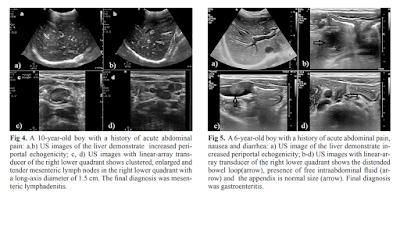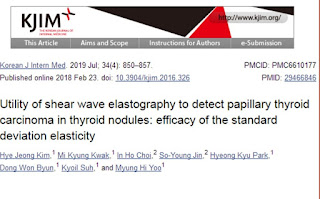By Kate Madden Yee, AuntMinnie.com staff writer
September 30, 2019 -- The cancer detection rate of screening breast ultrasound in women with dense tissue is comparable regardless of whether it's used as an adjunct to conventional digital mammography or digital breast tomosynthesis (DBT), according to a study published online September 25 in the American Journal of Roentgenology.
The study findings suggest that ultrasound is still a good supplemental option for women with dense tissue, whether they've been screened by digital mammography or DBT, wrote a team led by Dr. Elizabeth Dibble of Brown University in Providence, RI.
"Knowing that the cancer yield of screening ultrasound is similar after DBT versus digital mammography may help inform clinical practice, because questions [have abounded] about whether DBT is sufficient screening for women with dense breast tissue," the group noted.
Dense breast tissue is associated with increased risk of breast cancer, and can have a masking effect on mammography, causing some cancers to be missed. Since 2009, more than 30 U.S. states have passed breast density notification laws intended to inform women if they have dense tissue, and if so, to encourage them to discuss supplemental imaging with their doctor.
Ultrasound has been the primary supplemental imaging modality, Dibble's group noted, but its performance has only been assessed after digital mammography, not after DBT -- which due to its 3D nature has been shown to find more cancers than mammography.
"The value ultrasound screening adds in patients who have already undergone mammographic screening with DBT remains unclear," the team wrote. "Given the enhanced cancer detection with DBT, we hypothesize that fewer cancers will be identified by ultrasound after DBT relative to after digital mammography."
To compare the yield of dense breast ultrasound screening after digital mammography versus DBT, Dibble's group reviewed 3,183 breast ultrasound scans performed between October 2014 and September 2016. Of these, 1,434 (45.1%) were done after digital mammography and 1,672 (52.4%) after DBT. Of the 3,183 exams, 2.5% had no prior mammogram available.
Of 122 digital mammography and DBT patients who received recommendations for biopsy, 96.7% had results available, the group noted. Of 36 biopsies after digital mammography, 16.7% were malignant and 83.3% were benign; of 82 biopsies after DBT, 13.4% were malignant and 86.6% were benign.
The researchers found no significant difference in screening ultrasound's additional cancer detection rate following digital mammography versus DBT.
| Cancers detected on ultrasound after digital mammography or DBT | |||
| Digital mammography | DBT | p-value | |
| No. of cancers detected | 3.5 | 3 | 0.99 |
The results suggest the use of DBT doesn't necessarily eliminate the benefit of additional screening with ultrasound in women with dense tissue, the researchers concluded.
"Our study found no evidence to suggest a difference in additional cancer detection rate with screening ultrasound after digital mammography versus after DBT," the group wrote. "These findings suggest that patients who have undergone screening mammography with DBT maintain a similar benefit of detecting mammographically occult cancers on screening ultrasound compared with patients who have undergone screening mammography with digital mammography."





















